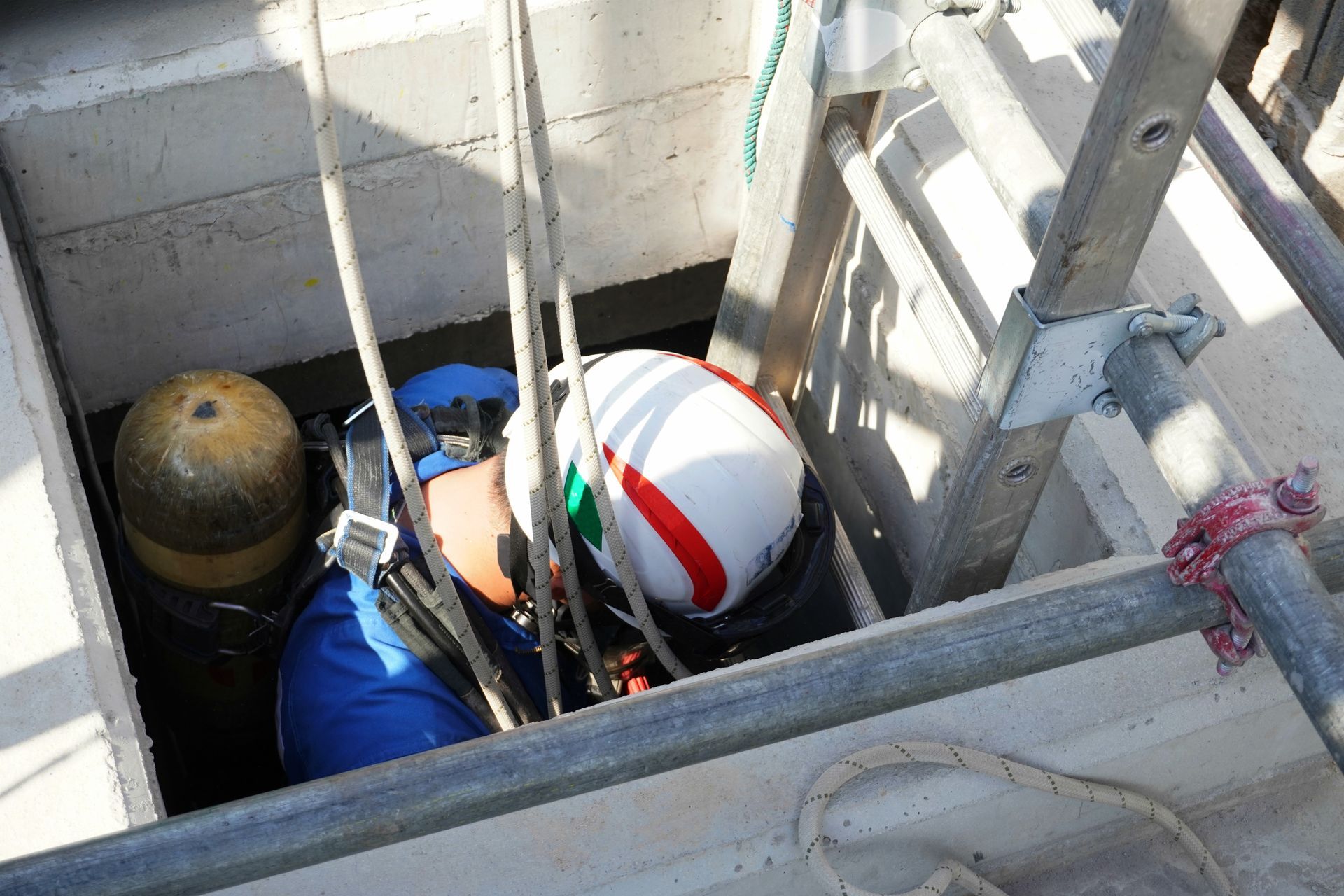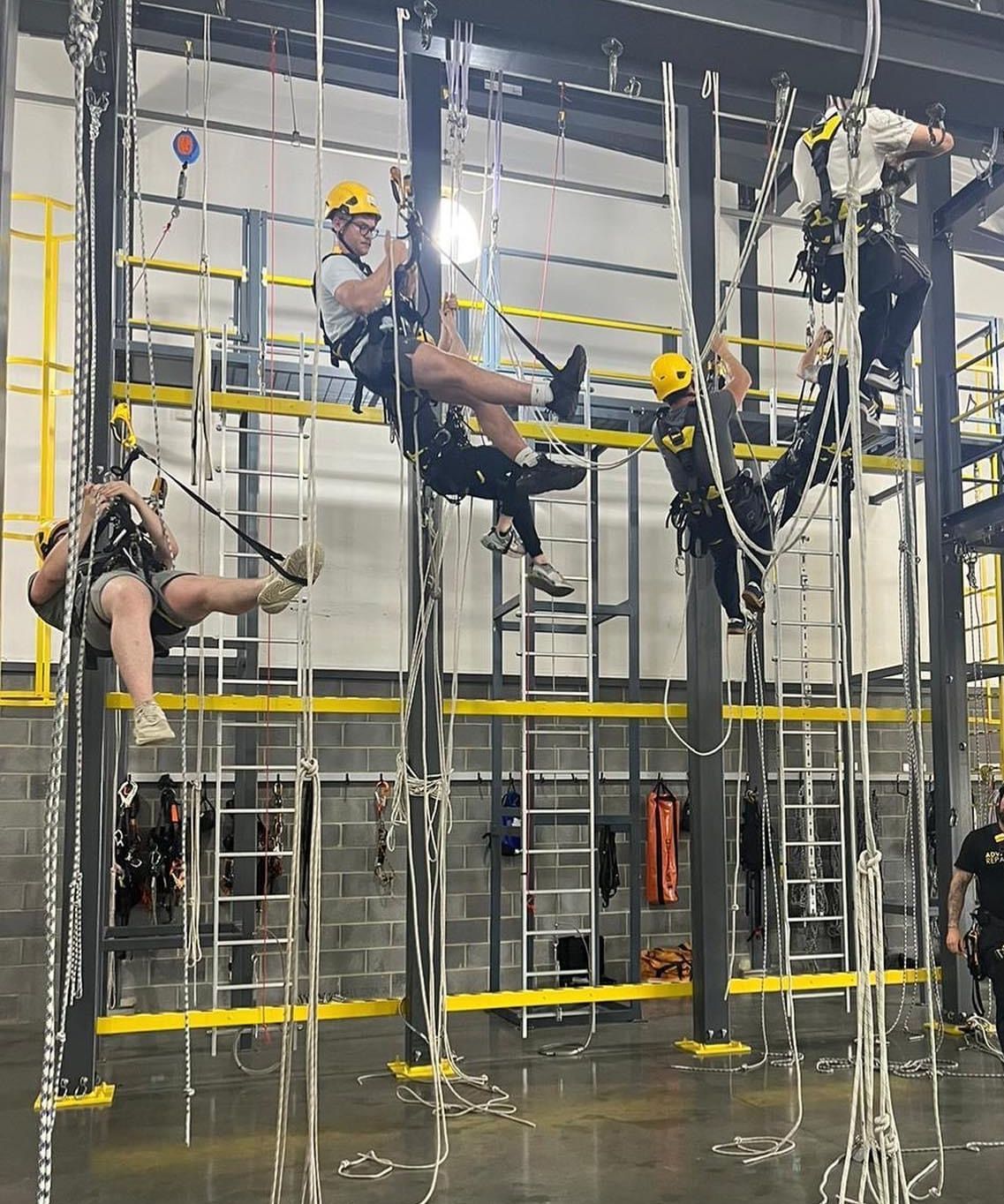Lighthouse Repair

Comprehensive Guide to Lighthouse Repair
For centuries, lighthouses have been instrumental in guiding mariners safely along coastlines and through perilous waters. Their importance extends beyond historical significance, as they continue to be vital to maritime safety. Yet, akin to any structure subjected to the harsh conditions of the sea, lighthouses necessitate regular maintenance and repairs to keep them operational. The Commissioners of Irish Lights (CIL) is the organisation responsible for ensuring the safety and upkeep of these essential structures.
In this article, we will explore the importance of lighthouse repair, the common issues these towering structures face, and how Dangle, a trusted service provider in Northern Ireland, offers specialised lighthouse repair services to maintain these essential beacons.
The Importance of Lighthouse Repairs
Keeping Mariners Safe
The primary function of a lighthouse is to guide ships safely through difficult or hazardous waters, especially during the night or in poor visibility. This makes maintaining their functionality crucial for preventing maritime accidents and ensuring that ships can navigate safely.
Preserving Heritage and History
Many lighthouses are historical landmarks and integral parts of coastal heritage. They often stand as symbols of resilience, protecting the coastline for generations. Preserving and repairing these structures not only ensures they continue to fulfil their functional purpose but also helps maintain the rich history they represent across Ireland.
Preventing Further Damage
Regular repairs and maintenance help prevent minor issues from escalating into costly, large-scale problems. Delaying repair work on a lighthouse can lead to significant structural damage, which can be expensive to fix and, in some cases, pose a risk to safety to lighthouse keepers and the wider public.
Common Lighthouse Repair Issues
Lighthouses are constantly exposed to the harsh marine environment, making them susceptible to erosion and wear and tear. Here are some of the most common issues that require expert attention:
Structural Damage
The constant battering from strong winds, saltwater, and heavy waves can cause structural degradation to lighthouses. Cracks in the concrete, rusting of metal components, and erosion of stonework are common issues that require professional repairs to maintain the integrity of the lighthouse.
Paint and Corrosion
The constant exposure to saltwater can cause metal parts of the lighthouse to corrode. Repainting and applying anti-corrosion treatments are essential to prolong the life of these structures. Regular inspection and repainting are part of proper lighthouse maintenance schedules.
Lighting System Failures
The most vital part of a lighthouse is its light, which needs to function reliably at all times. Problems with the electrical system, bulb replacement, or malfunctioning equipment can result in a lighthouse being out of service. Timely repairs to the lighting system are essential to keep the lighthouse operational.
Deteriorating Foundation
The foundation of a lighthouse can erode over time, especially when subjected to extreme weather conditions like storm surges. Foundation repairs are a critical part of maintaining the structural safety of the lighthouse.
Wear and Tear of Access Infrastructure
Lighthouses often have towers, staircases, and platforms that need regular inspections and repairs. These areas, subject to constant exposure, can suffer from wear and tear, making it essential for professional repair services to ensure they remain safe and usable.
Dangle's Lighthouse Repair Services in Northern Ireland
Dangle, based in Belfast, Northern Ireland, is a trusted provider of specialist lighthouse repair services. With years of experience and a team of skilled rope access technicians, Dangle ensures that each lighthouse repair job is handled with expertise and precision.
Expert Assessment and Inspection
Before any repair work begins, a thorough assessment of the lighthouse is essential. Dangle's team conducts detailed inspections, including structural analysis and lighting system checks, to identify any existing or potential issues. This helps provide an accurate estimate for repairs and allows for proper planning.
Structural Repair and Reinforcement
Dangle's skilled abseiling trades people are experienced in repairing and reinforcing lighthouse structures. Whether its dealing with rusted metal, cracked concrete, or eroded stone, the team employs industry-leading techniques and materials to restore the lighthouse to its full functionality and appearance.
Repainting and Anti-Corrosion Treatments
To protect the lighthouse from the relentless effects of saltwater and corrosion, Dangle offers professional repainting services using durable, marine-grade paints and anti-corrosion treatments. This ensures the lighthouse remains structurally sound and visually appealing.
Lighting System Repairs
Dangle's team is adept at repairing and maintaining lighthouse lighting systems. From replacing bulbs to fixing electrical faults, the team ensures that the light remains reliable and visible to vessels navigating the waters.
Access Infrastructure Maintenance
Access to the lighthouse is crucial for both operational purposes and repair work. Dangle provides expert maintenance for stairs, ladders, platforms, and other access structures, ensuring that they remain safe for staff and visitors.
Emergency Repair Services
Lighthouses, especially those located in remote areas, are often subject to sudden damage due to storms or other unforeseen events. Dangle offers emergency repair services to quickly address any issues that may compromise the lighthouses function, ensuring it is up and running as soon as possible.
Why Choose Dangle for Lighthouse Repair in Northern Ireland?
Local Expertise
With years of experience working in Northern Irelands coastal regions, Dangle has developed a deep understanding of the local environment and the unique challenges faced by lighthouses in this area. Their local expertise makes them an ideal partner for lighthouse repair and maintenance.
Comprehensive Services
From inspections and assessments to full-scale repairs, Dangle offers a wide range of services tailored to the specific needs of each lighthouse. Their comprehensive approach ensures that every aspect of lighthouse maintenance is covered, providing peace of mind to owners and operators.
Skilled Workforce
Dangle's team of skilled engineers and technicians are highly trained in the latest repair techniques and use advanced equipment to ensure high-quality results. Their focus on craftsmanship and attention to detail makes them one of the top choices for lighthouse repair in Northern Ireland.
Reliable and Timely Service
Lighthouse repair often requires urgency, especially when dealing with critical safety systems such as lighting. Dangle is known for its prompt and reliable service, ensuring that repair work is completed on time and with minimal disruption to lighthouse operations.
Commitment to Safety
The team at Dangle takes safety very seriously. Working in and around lighthouses can be dangerous due to their height, coastal location, and exposure to the elements. Dangle ensures that all safety protocols are strictly followed, providing a safe working environment for both their team and the lighthouse staff.
Frequently Asked Questions (FAQs) About Lighthouse Repair
How often should a lighthouse be inspected for repairs?
Lighthouses should be inspected at least once a year for routine maintenance, with more frequent inspections during severe weather seasons or after significant storms. Regular inspections help identify potential problems before they become serious issues.
What are the most common types of repairs required for a lighthouse?
Common repairs include structural work (such as fixing cracks in concrete), repainting and anti-corrosion treatments, lighting system repairs, and maintaining access infrastructure such as ladders and stairs.
How long does it take to repair a lighthouse?
The duration of lighthouse repairs depends on the scale of the damage and the specific repairs required. Minor repairs can take a few days, while major structural work or lighting system replacements may take several weeks depending on weather.
Are lighthouse repairs expensive?
The cost of lighthouse repairs can vary depending on the extent of the damage and the specific services needed. However, regular maintenance is more cost-effective in the long run as it helps prevent more severe and expensive issues from developing.
Can Dangle repair lighthouses in remote locations?
Yes, Dangle has experience working on lighthouses located in remote areas. Just like oil rigs and wind farms, lighthouses are often very isolated. Dangle are equipped to handle challenging environments and can provide repair services to lighthouses located in hard-to-reach places.
How do I get a quote for lighthouse repair services from Dangle?
To get a quote for lighthouse repair services, contact Dangle through our website or call our office directly. A member of the team will schedule an assessment and provide an accurate estimate for the required repairs.
Lighthouse repair is a specialised field that requires expert knowledge, skill, and the right equipment. For those in Northern Ireland needing lighthouse repair services, Dangle offers a comprehensive range of solutions to ensure these critical structures remain operational and safe. Whether you require minor repairs, routine maintenance, or emergency repairs, Dangles team is here to provide reliable and efficient service.
To learn more about Dangles lighthouse repair services or to schedule an inspection, contact us today.
Why Choose Dangle's Academy?
Here at Dangle, we pride ourselves on offering a wide range of professional and comprehensive inspection, access, coatings, and composite (IACC) industrial services and training courses to cater to the needs of both the private and public sectors. Our dedication to providing high-quality work at height solutions and training has helped us establish a strong reputation in the industry.
With a team of highly skilled and experienced professionals, we are committed to delivering exceptional results that not only meet but exceed our clients' expectations. Our on-site working at height services are designed to minimise maintenance costs in the long and short-term, allowing our clients to save on valuable resources.
Located in Belfast, Northern Ireland, our headquarters serve as the centre of our operations across Ireland. However, we also have a Dangle office based in Scotland, ensuring that we can extend our services to a wider clientele across the United Kingdom. No matter where you are located, our team is always ready to assist you with your industrial maintenance or training needs.
If you would like to learn more about how our dedicated team can help you, we encourage you to get in touch with us today. Our friendly and professional staff are always available to provide you with the information and support you require.
Contact us now to discover the Dangle difference and let us be your trusted partner in meeting your industrial service and training needs today.
We'd Love a Share...
You might also like


